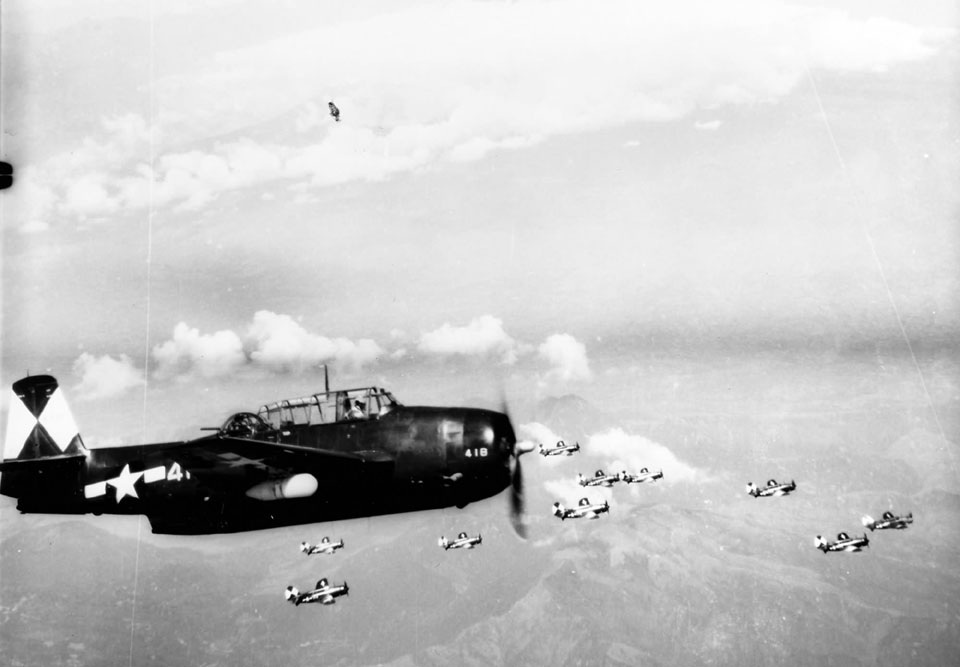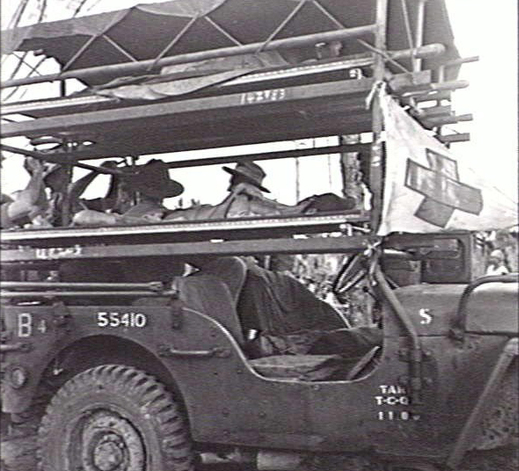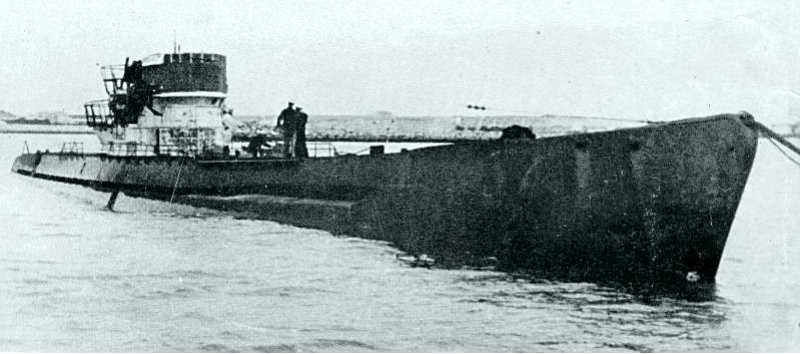Air Operations, CBI
CHINA
- 22 14th Air Force P-38s and P-51s attack various targets.
FRENCH INDOCHINA
- 14 341st Medium Bomb Group B-25s attack Dong Anh, railroad repair shops at Phu Lang Thuong, and Japanese forces withdrawing through China’s Siang-Chiang valley.
[  | |   ] ]
Air Operations, East Indies - XIII Bomber Command B-24s attack the Tabanio airfield on Borneo, warehouses at Donggala, and an occupied town.
- XIII Fighter Command P-38s sweep southeastern Borneo.
[  | |   ] ]
Air Operations, Formosa V Bomber Command B-24s attack the airfield at Tainan and warehouses at Takao.
[  | |   ] ]
Air Operations, Japan - Task Force 38 (see July 1, 1945) and USAAF aircraft open a sustained pre-invasion offensive against all manner of targets throughout Japan, especially airfields and industrial targets in and around Tokyo. Only light opposition is encountered and the airfields are devoid of airplanes. Nonetheless, prowling carrier fighter-bombers locate and destroy an estimated 100 degassed Japanese aircraft on the ground at widely dispersed sites no closer than 10 miles to any airfield.
- 4 28th Composite Bomb Group B-24s attack Minami Cape with the aid of radar.
- A VF-50 F6F downs a Ki-46 'Dinah' reconnaissance plane 50 miles from Task Force 38 at 1320 hours.
- A 21st Fighter Group P-51 downs a D3A 'Val' dive bomber near Kobe at 1410 hours.
[  | |   ] ]
Air Operations, Philippines V Fighter Command P-38s and P-51s attack pockets of resistance near Manila and support US 8th Army and Filipino guerrilla forces elsewhere on Luzon.
[  | |   ] ]
Air Operations, Ryukyus - More than 50 41st Medium Bomb Group B-25s attack the Wan airfield on Kikai Shima and several nearby targets of opportunity.
- During the night 43 11th Heavy Bomb Group B-24s attack Sateku and the Wan airfield on Kikai Shima.
- 1 B-24 attacks the airfield at Karasehara.
[  | |   ] ]
Pacific - 1,022 American aircraft taking off from a fast carrier squadron commanded by Vice-Adm John S. McCain attack 70 airfields in the Tokyo area. 173 aircraft are destroyed. Industrial targets are also hit. There is little Japanese response: the air force of the Rising Sun has been shattered at Okinawa. What remains of the Japanese navy is also practically immobilized by American attacks and by lack of fuel. The American navy, by contrast, is stronger than ever, in spite of the losses suffered at Okinawa. Its current strength is about 68,000 ships of all types, with a complement of over 4,000,000 men.
- The US submarine chaser SC-521 is sunk in the Solomon Islands area after foundering.
- The US submarine Hammerhead (SS-364) sinks the Japanese cargo ship Sakura Maru (900t) and merchant tanker No.5 Nanmei Maru (834t) in the Gulf of Thailand.
- The Japanese destroyer Sakura sinks when it hits a mine in the Sea of Japan.
- The US submarine Moray (SS-300) sinks the Japanese merchant whaler No.6 Fumi Maru east of Kinkazan.
- Mines laid by USAAF B-29s sink the Japanese cargo ship Nippu Maru (891t) outside Wakamatsu harbor and the merchant cargo ship Chikuma Maru (9951t) off Mojizaki.
- The US submarine Sea Robin (SS-476) sinks the Japanese army cargo ship Sakishima Maru (1224t) north of Quelpart Island.
- The Japanese minesweeper W-27 is sunk by the US submarine Runner (SS-476) off northern Honshu, Japan.
[  | |   ] ]
Images from July 10, 1945
TBM-3E Avenger on a Raid over Japan
|
 |
|
Sick and Injured Await Transfer
|
 |
|
USS Indianapolis off Mare Island
|
 |
|
U-530 Surrenders
|
 |
|
|



